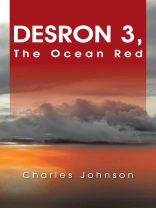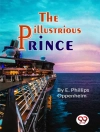It’s 1943, and the second world war has only just started. The Imperial Japanese Navy appears to be invincible, destroying everything they face. The ABDA, (American, British, Dutch and Australian) fleet is all but destroyed. A few units make it to Australia. Very few. In the last naval battle, all but three destroyers are sunk. Facing impossible odds, they run, chasing shell splashes in an attempt to escape the inevitable. Sighting a rain squall, they make for it and amazingly they reach it. Hiding inside, they restock the guns, care for the wounded and prepare for the end. When the rain clears, they find themselves under clear blue skies and in a sea devoid of the enemy. Repairing what damage they can, they return to their base.
The first question then is why did the enemy leave when all they had to do was wait for the rain to stop, then wipe out the three small ships? The answer? They didn’t leave. Japanese records show that the three destroyers never left the squall. It was assumed that the destroyers succumbed to their damage and sank, or were scuttled by their crews. In any event, they are recorded as sunk at the coordinates of the squall.
The second question is then……If the destroyers were sunk, how did they return to their base? And the third question is……How did they return one hundred years later in 2043?
关于作者
Charles Johnson was born in the northern United States in 1959. Throughout his youth he had a deep interest in Naval, Marine Corps and Great Lakes history. Charles has several college degrees in areas including Architecture, Criminal Justice and Psychology, and more than 30 years experience in Law Enforcement, Private Security and the National Park Service. He is also an Honorably Discharged Disabled Veteran of the United States Marine Corps.












